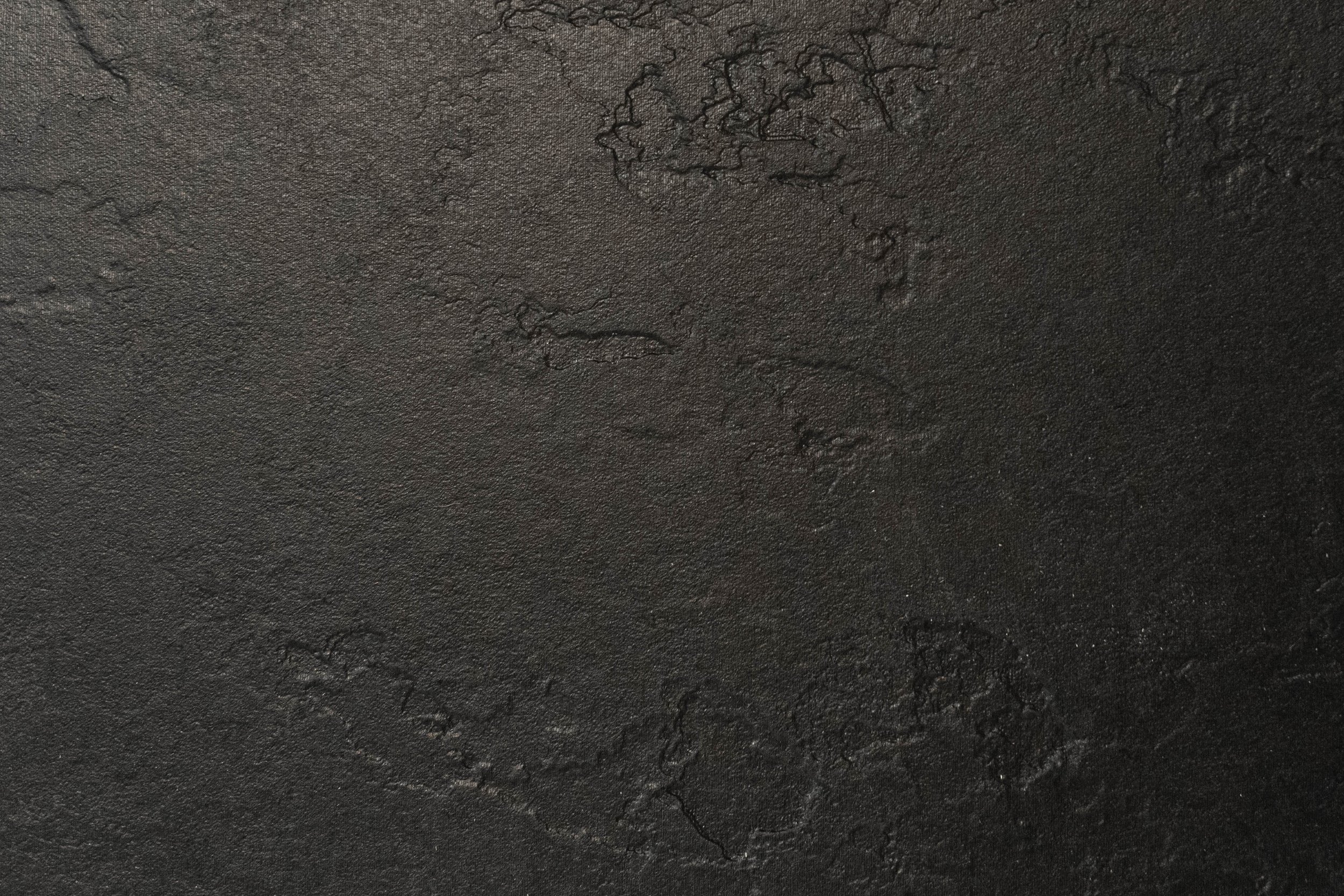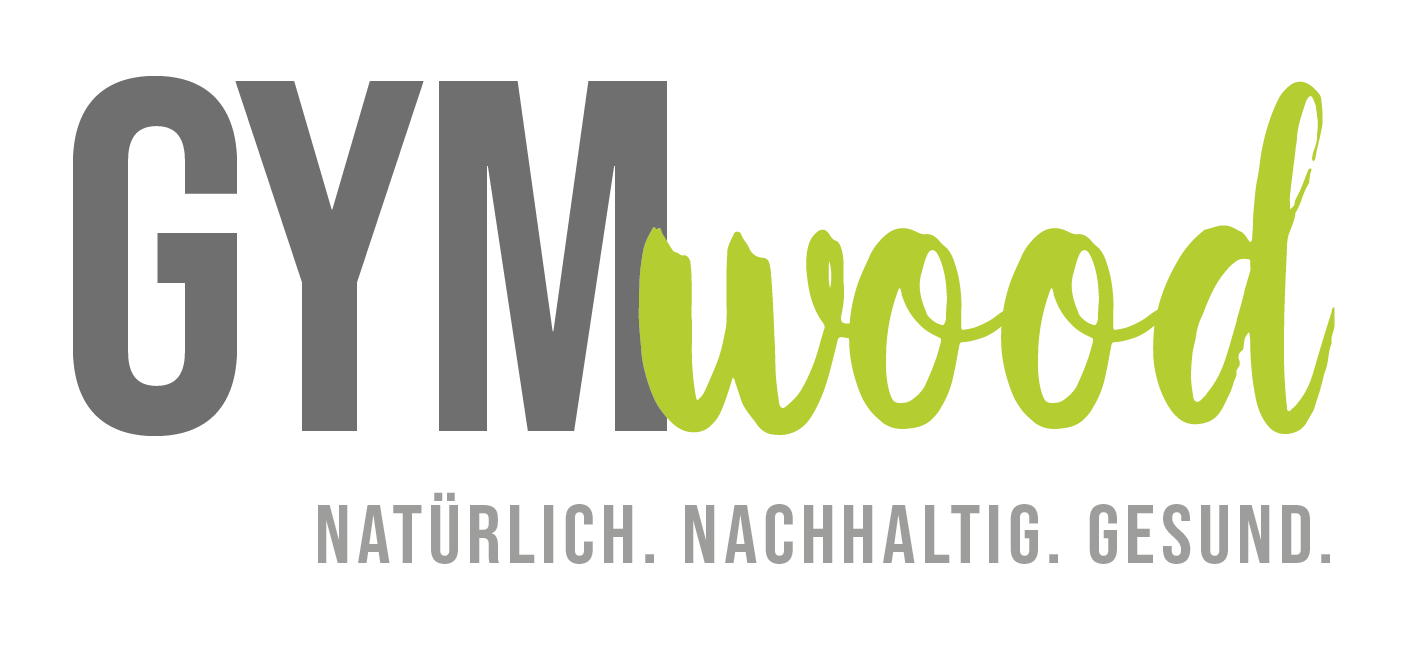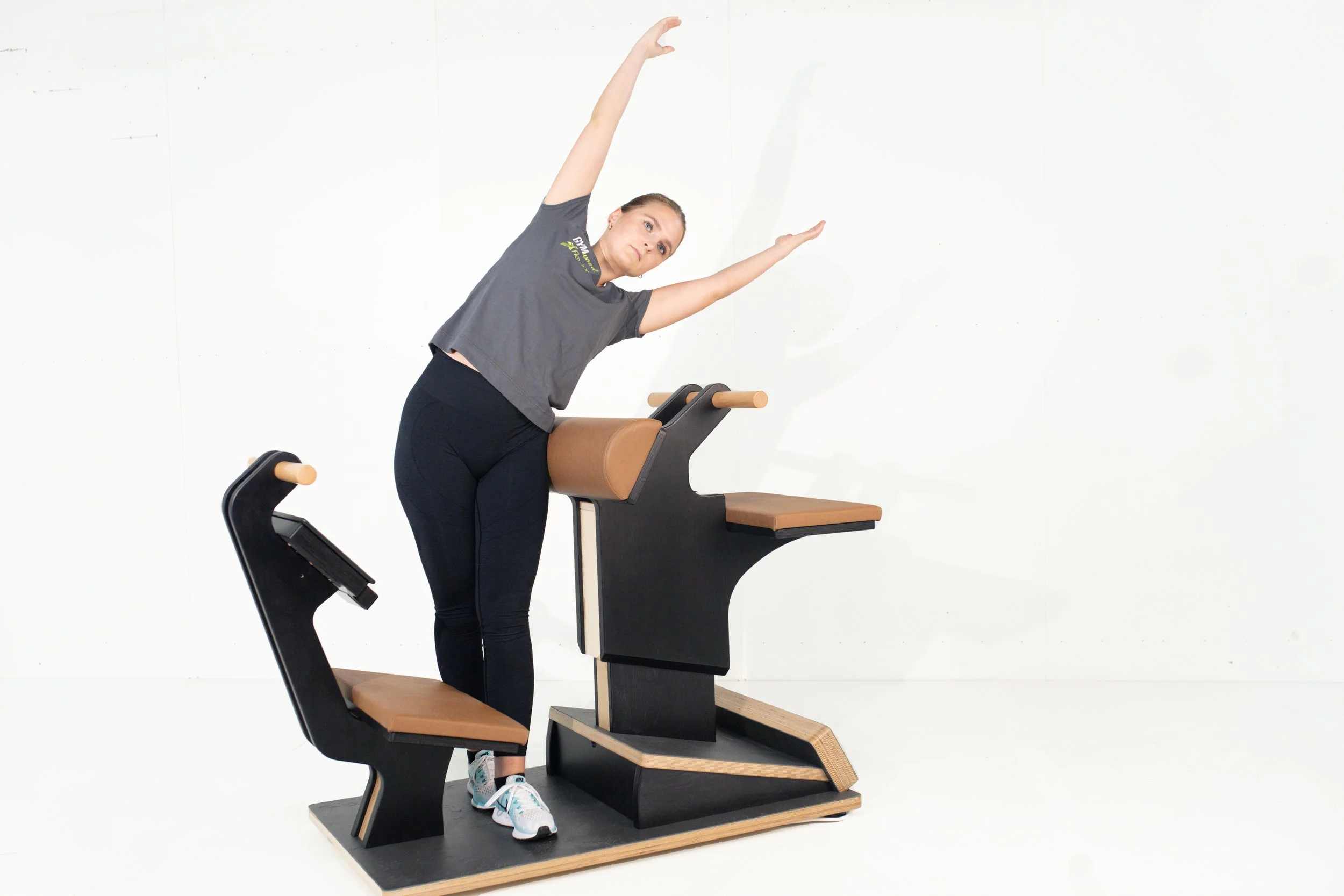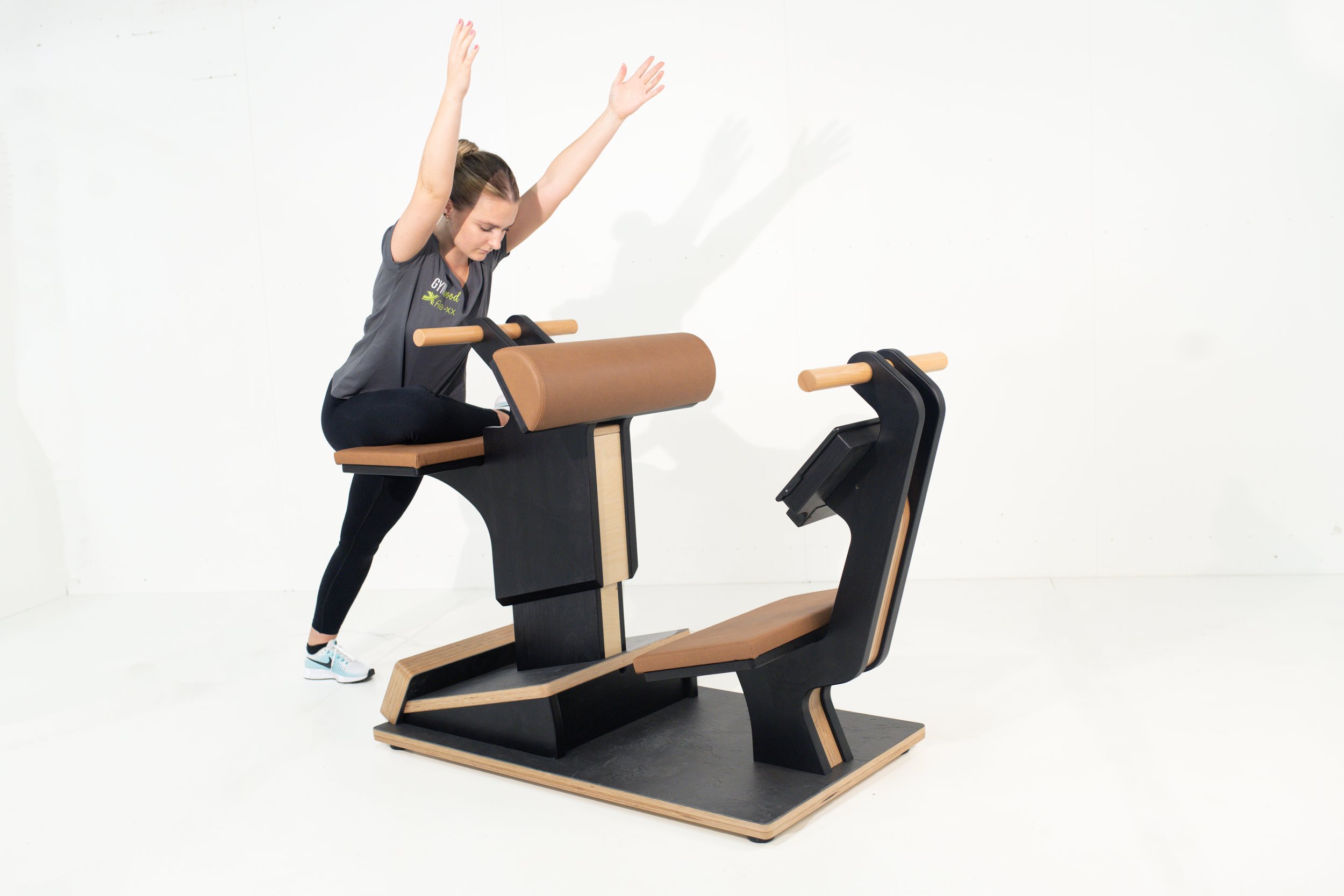
GYM-e6
GYM-e6 - Innovative, space-saving mobility device made of wood from GYMwood
The GYM-e6 wooden mobility device digitizes your studio and takes training to a new level: An integrated 13.3-inch touchscreen and an electric mobility module enable precise and comfortable training. The device is open to all commercially available software and can be individually adapted.
The big advantage: The compact wooden mobility device combines six training stations on just approx. 1 m² - ideal as a space-saving training device for gyms, physiotherapy practices and health centers. Personal settings and training successes are saved, saving time and personnel.
Digital mobility training in physiotherapy is effectively controlled by visual exercise instructions, light and vibration signals. The GYM-e6 automatically adjusts to the user and enables safe, efficient training - with or without shoes.
The exercise selection includes: Adductors, hip, chest, gluteus, calf and "mushroom" module.
Here's how
All exercise videos with
the exact execution
for our GYM-e-6
can be found on our
YouTube account
Hip
-
Psoas Major
Quadriceps Femoris
Rectus Abdominis
Diaphragm -
Knee | Hip | Spine
-
Ventral muscle chain
-
- Knees hip-width, supporting surface on the middle of the buttocks
- One leg positioned in hip line in front of body
- Both knees bent 90 degrees
- Head in extension of the spine, chin slightly retracted Pelvis remains erect throughout the exercise Palms facing each other
-
Lean upper body as far back as possible and keep tension in the front chain.
Chest
-
Pectoralis Major & Minor
Psoas Major
Rectus Abdominis
Latissimus Dorsi
Diaphragm -
BWS I neck problems
-
Ventral muscle chain
-
- Middle part of the pad at the level of the angulus inferior (TH9), lower part at the junction of psoas and diaphragm (TH12 & L1).
- Knees hip-width, feet flat on the mat
- Head in extension of the spine, chin slightly retracted
-
Bring extended arms as far as possible behind the pad by extending the thoracic spine and maintain muscle tension in the anterior chain.
Wade
-
Gastrocnemius
Soleus
Ischiocrural musculature
Musculature of the foot -
Knee I lumbar spine I thoracic spine
-
Dorsal muscle chain
-
- Knees extended
- Toes grip the wedge
- Hips are perpendicular over the foot
- Place the upper body as far forward as possible
- Pelvis remains tilted forward
- Head in extension of the spine, chin slightly retracted -
Pull heels down as far as possible and hold the tension.
Side tilt
-
Latissimus Dorsi
Obliquus Internus Abdominis
Obliquus Externus Abdominis
Quadratus Lumborum -
Neck | Spine
-
Lateral muscle chain
-
- Middle part of the pad at the level of the angulus inferior (TH9), lower part at the junction of psoas and diaphragm (TH12 & L1).
- Knees hip-width, feet flat on the mat
- Head in extension of the spine, chin slightly retracted
-
Bring extended arms as far as possible behind the pad by extending the thoracic spine and maintain muscle tension in the anterior chain.
Glutaeus
-
External rotators of the hipExternal gluteal muscles
and piriformis -
Sciatica
-
Dorsal muscle chain
-
- Place front knee centered on front third of pad (center of sternum)
- Then place back leg on sled with ball of foot
- Hip is straight, upper body upright
- Rest arms loosely on backrest
-
Slide the sled backward with the knee bent, lowering the hip lower than the resting knee. Tension on gluteal muscles must be clearly noticeable. Angle of the resting leg as close to 90C° as possible at the knee.
Bridge
-
Rectus abdominis
Transversus abdominis -
Knee I Hip I Spine
-
Ventral muscle chain
-
- Place on rungs and clamp feet between two rungs of the front bracket
- Push the body over the rungs until the body is almost stretched out
- Head is in extension of the spine, arms are externally rotated to the side of the body
- Pelvis remains upright
-
Lean back as far as you can still maintain the posture under muscle tension.















